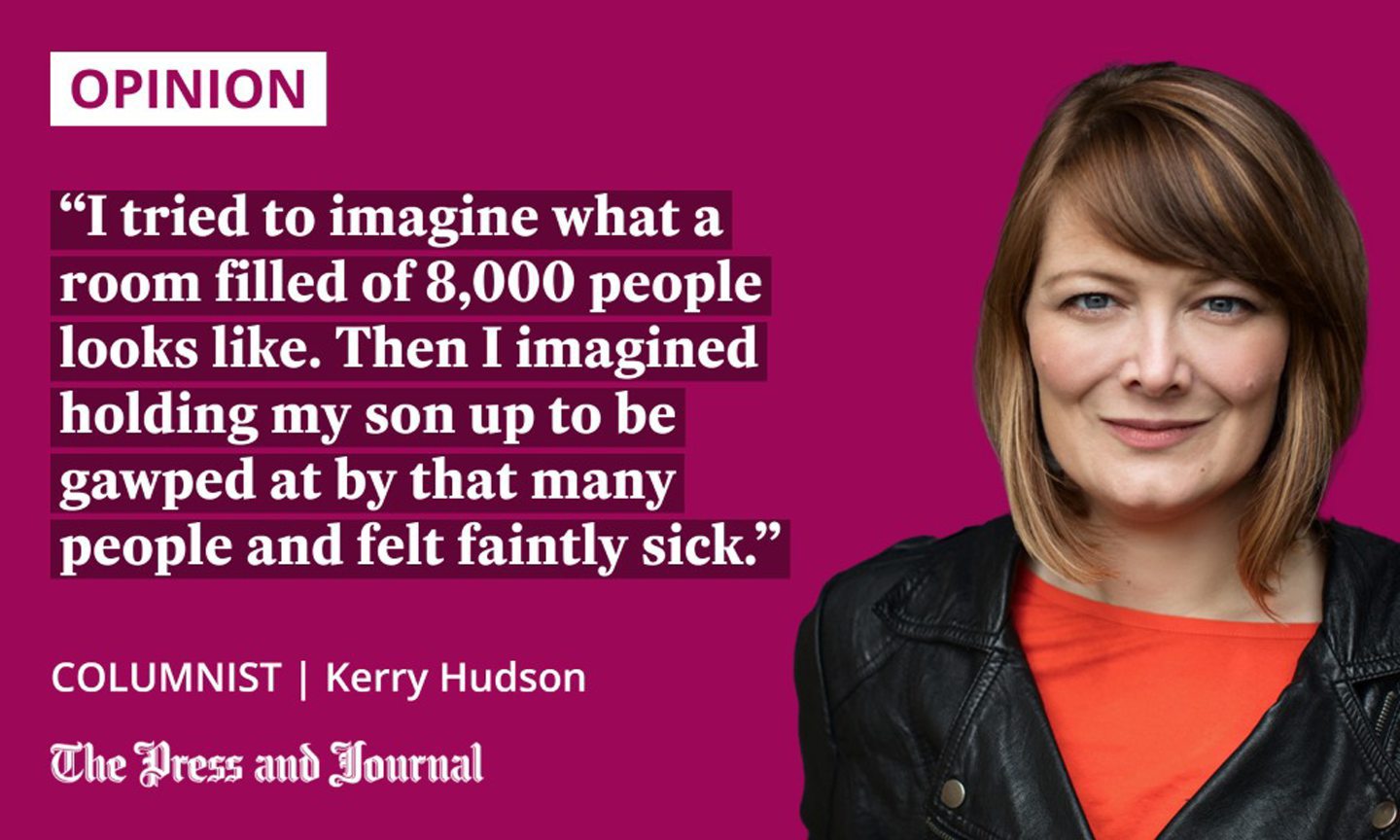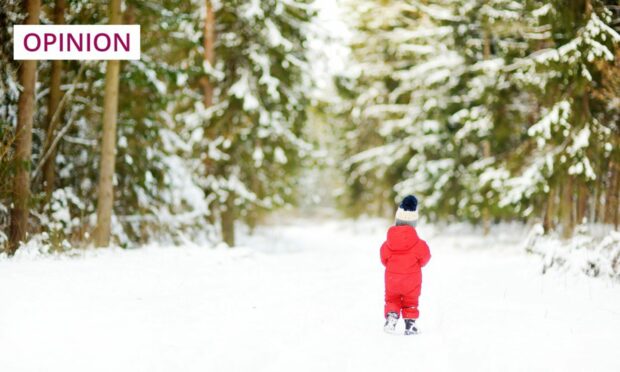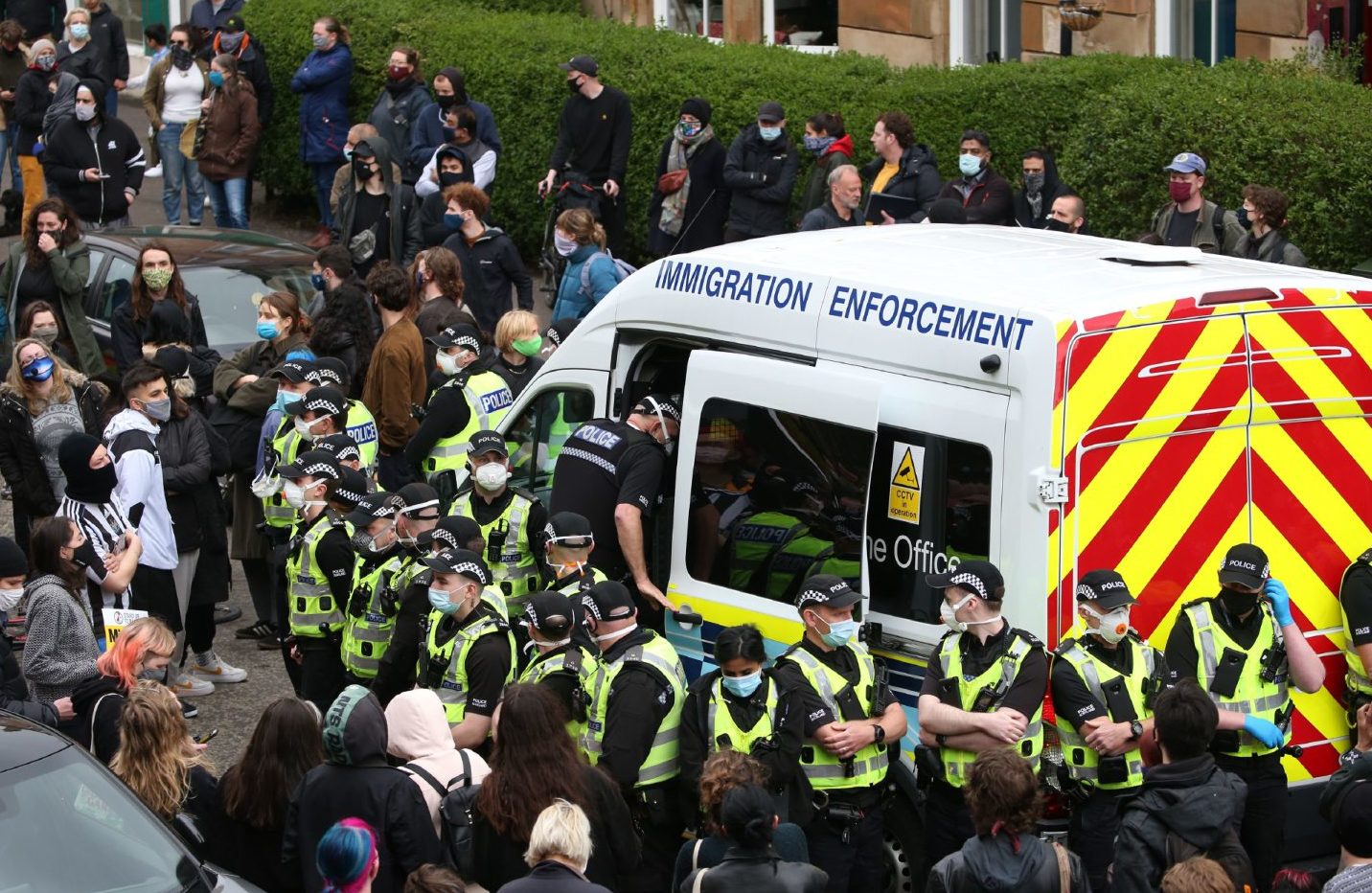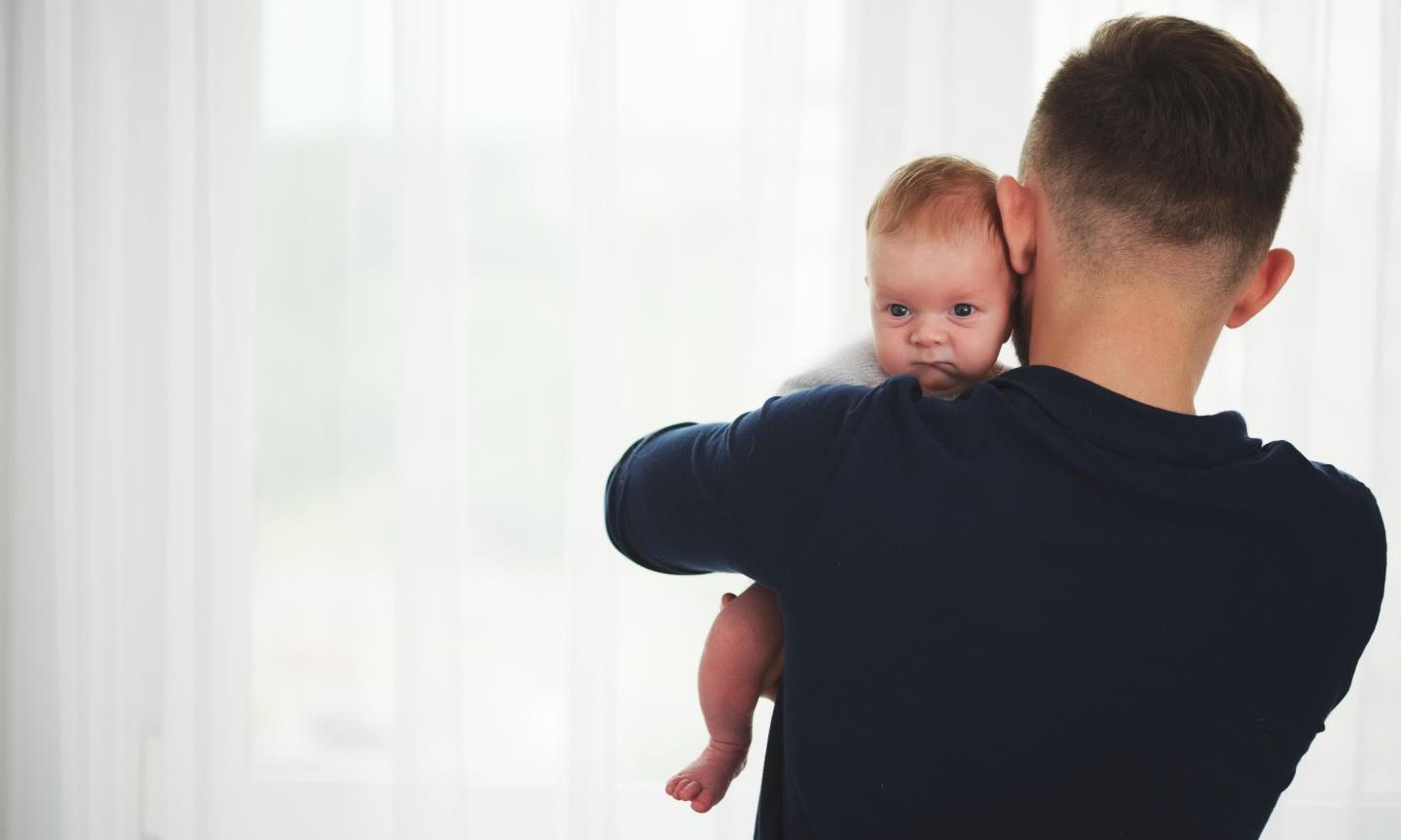Regular readers will know that I like to share. In fact, I could even be called an oversharer.
But, I have always been torn about sharing images of my son. I’ve always felt that words come with context, nuance and careful intention. But photos? Well, my photos of him smeared with yoghurt, in his nappy, dancing to Elmo do tell a story, I suppose, but maybe not one he’d necessarily want repeated when he’s a teen.
I’ve been on Twitter for over a decade, and I’ve amassed 32,000 “close, personal” internet friends. Enough to be officially deemed a UK celebrity by the Advertising Standards Authority (I am not by the way, nor would I wish to be) but, honestly, small enough to still feel cosy.

A lot of people I know personally, some only online, but we’ve seen each other through triumphs, heartaches, births, deaths and marriages. In the last few weeks, I’ve shared my surgery date and that my son is getting a bike and a doll’s house for his birthday; the card my husband bought me on my first day of my postgraduate course, and a delicious tahini and chocolate banana bread recipe.
Social media can be used for good, not evil
I know the current narrative is that social media is, basically, a great and growing evil but, as a veteran, I’ve seen it often used for good by those who are isolated, marginalised or underfunded. From long-lost relatives to beloved lost teddies. Grassroots fundraising, like making possible a cancer patient’s holiday. Advocacy and support, especially from the mental health, neurodivergent, disabled, chronic illness, grief, care-experienced, adoptee, and LGBTQA+ communities.
Yes, we used it for lockdown fun, but also for collectivization and campaigning, such as Stop Hate – which works with media advertisers to “pull their support from publications that spread hate and division” – and for immediate, “get here now”, direct action, as seen at the Kenmure Street anti-deportation protests.
In my own case, a supportive Twitter network enabled me to set up a mentoring programme, with over 100 established writers and editors offering free support to women writers, and a free conference for over 100 emerging writers, including travel expenses, lunch, goodie bags. I got it hosted, appropriately, at Twitter HQ.
I’ve always thought that if I am using Twitter for good, if I am bringing some warmth or kindness to people’s day, then I cannot be using it wrongly
Earlier this year, when we were in Prague, at the height of the Ukrainian refugee crisis, thanks to quick and kind donations, I was able to deliver vital toiletries, clothes and food to the Nigerian and Ghanian Embassies for their students arriving from Ukraine, as well as connecting refugees with hosts in Prague.
I’ve always thought that if I am using Twitter for good, if I am bringing some warmth or kindness to people’s day, then I cannot be using it wrongly. So, when I had my child – a sunshine dollop of pure delight – it just made sense I would share that, too.
Feeling uneasy about sharing online
I love photos of kids. I want to bring positivity to social media and there is, in my opinion, no greater serotonin boost than seeing a gappy-toothed kid grinning as they live absolutely perfectly in the joyful moment.
And, if seeing photos of our chaotic but happy family helps people from more fractured upbringings like mine know that there can be good parenting endings, then all the better. Representation matters.
But, gradually, I’ve started to feel uneasy. Initially, I shared baby pictures, feeling that all babies look the same – like Churchill or Lenin or a potato, or sometimes a Venn diagram of them all, with an adorable mushy wee face in the middle.
Then, I started checking with my husband – who has almost no social media presence and a far higher threshold for what is weird to share or not. Finally, as the niggles persisted, I decided I just wouldn’t post pictures of my son’s face.
I realised I simply couldn’t share images of my kid in good faith anymore, not knowing how far they will travel
At least until recently, when I posted a picture of him at Glasgow’s Gallery of Modern Art. I clicked on that picture’s stats, and saw that it had been seen over 8,464 times on Twitter.
I tried to imagine what a room filled of 8,000 people looks like. Then I imagined holding my son up to be gawped at by that many people and felt faintly sick.
No, you can’t see his face, but you can see the happiness in his posture, the excitement in his limbs. It’s still absolutely him.
Protecting innocence for as long as possible
I realised I simply couldn’t share images of my kid in good faith anymore, not knowing how far they will travel, or where to, or in what context. I also realised, as someone who has experienced the best but also the worst of social media, that this is his time to be unbothered by a digital footprint. An innocence which, in this day and age, doesn’t last long.
I might be an oversharer, a writer and part of a very active community on Twitter but, first and foremost, I am a mum. Part of being a mum is making decisions that are best for you and your family.
There’s no judgment from me if you choose to share pictures. Unless I grew your child in my uterus (in which case, we should probably talk) then I trust you’ve made your own choices for good reasons.
But me? I’ll keep posting pictures of sleepy dogs, good cakes, and maybe even hark back to the internet circa 2004 with some cute cat memes.
When my son is old enough, he can decide for himself which images he wants on the internet, and where. Let him remain joyfully, entirely unselfconsciously, in the moment.
Kerry Hudson is an Aberdeen-born, award-winning writer of novels, memoirs and screenplays














Conversation